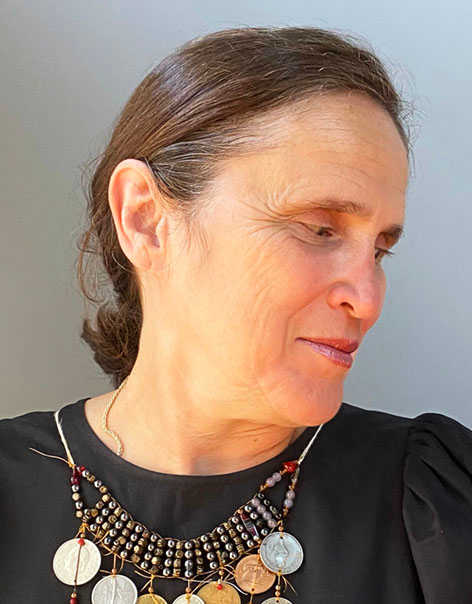
Ariella Aïsha Azoulay is an author, researcher, film essayist and curator of anti-colonial archives. Born in 1962 in the Zionist colony of Palestine, she is Professor of Modern Culture and Media and of Comparative Literature at Brown University.
© Yonatan Vinitski

© Éditions Ròt-Bò-Krik, Sète, 2023
https://www.rot-bo-krik.com/
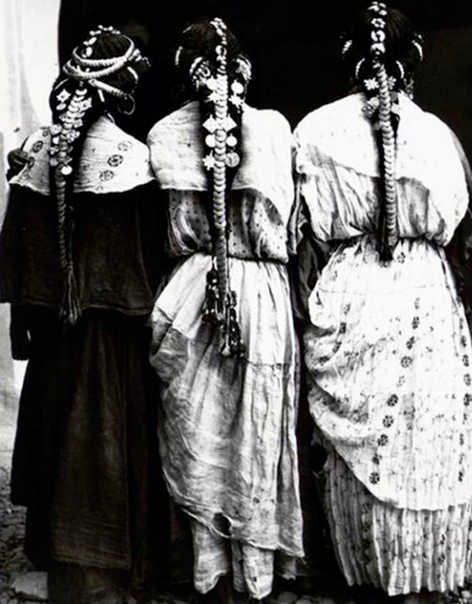
Personal archives of Ariella Aïsha Azoulay
© Jean Besancenot
In collaboration with Ròt-Bò-Krik Éditions, the Contemporary Art Jewellery Observatory proposes a conversation with Ariella Aïsha Azoulay, author and director of essay films questioning the means used by the imperialist world such as language, cartography, photos but also artefacts and their know-how.
After the presentation of her latest book, “La Résistance des Bijoux - Contre les géographies coloniales“, we will exchange, together with the author Ariella Aïsha Azoulay and Carole Mengal, Director of the Jeanne Toussaint Institute - host of this event, ideas around our relationship to objects and more particularly to jewellery.
How can jewellery lead us to learn and unlearn? In her book, which subtly mixes personal narrative, political theory and poetry, the author summons the notion of “muscle memory“ to bring back a supposed vanished world.
Free entrance

Vander A Observatory is a place for information and to reflect on experiments and research in Contemporary Art Jewellery.
It examines the history of jewellery, its practice, its interactions, its apprenticeship, and its current forms.
By giving voice to artists, designers, experts and human and social sciences researchers, the Observatory of Contemporary Art Jewellery aims to be a place for multidisciplinary exchange, open to all, in the city of Brussels.
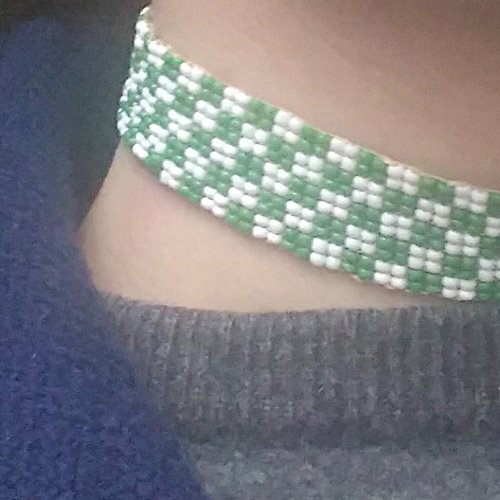
JEWELLERY: A POWERFUL NARRATIVE CATALYST
We will discover how visual artist and jeweller Larissa Cluzet takes possession of this "material" that is the narrative and together we will get a taste of the new role she gives it in her creations. To gain a better grasp of their agency, we will also talk to J. M. Schaeffer, a philosopher who specializes in aesthetics and art theory, about the mental processes involved in the production and understanding of narratives. A cognitive approach that demonstrates the importance of narrativity as such in the fluid constitution of our identities. For, as Schaeffer points out, we are woven narratively.
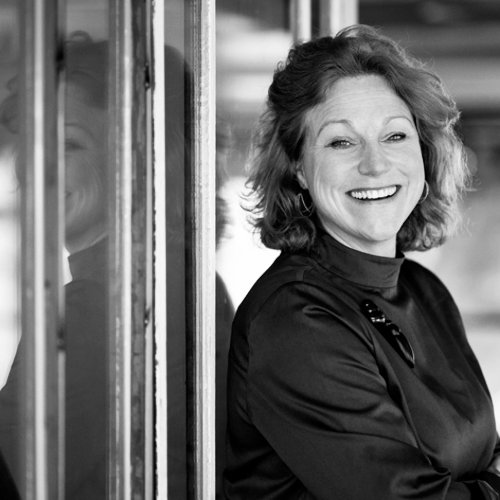
MATERIAL SHAPING JEWELLERY
We will remember with art historian Saskia van Es how humans have always extracted raw materials from the earth, with varying degrees of ease or difficulty. They have given meaning to these materials. They have used them in jewellery. Nowadays, not every maker or wearer feels comfortable with this kind of materials. In her lecture Saskia van Es will outline when this « discomfort » first appeared in the jewellery world. After her talk, we will discuss with Saskia about the historical ambivalence of makers towards matter and how today’s materials are transforming jewellery.
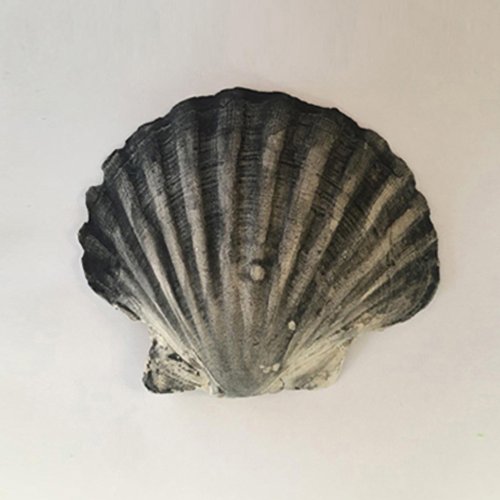
“My work tries to show how the materiality of objects and the anthropological and social values of the pieces are mixed and redefined„ Nathalie Perret (FR), 2020
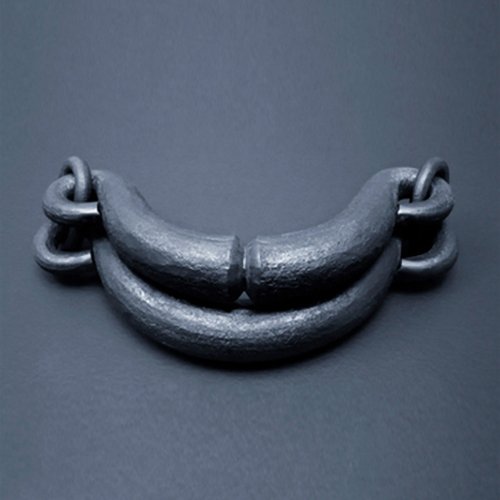
“For the first conference of the Observatory, Brune Boyer (FR) presented ‘La fabrique du bijou contemporain: ethnographie d'ateliers’, based on her research in anthropology on mirroring an ethnography from the studio of Sophie Hanagarth with an auto-ethnography. Beyond the ‘arts/crafts’ question, this double point of view makes it possible to show that contemporary jewelers compose their creations by assembling experiences that are at once social and sensitive, by cultivating uncertainty and risk, by playing with indeterminacy„ Sophie Hanagarth (FR), Lippes, 2009
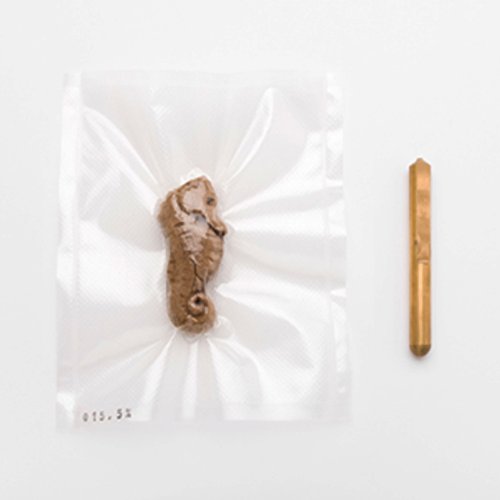
“Experiment with Larissa Cluzet a practice that crosses visual arts and jewelry design and in which she explores materials and value, their performativity and circulation. Larissa is interested in seeking into spaces of doubt and unsteadiness, mood changes and enchantments of everyday life. She produces objects, fables or snacks„ Larissa Cluzet (FR), A reliable object, 2018 © Matthieu Gauchet
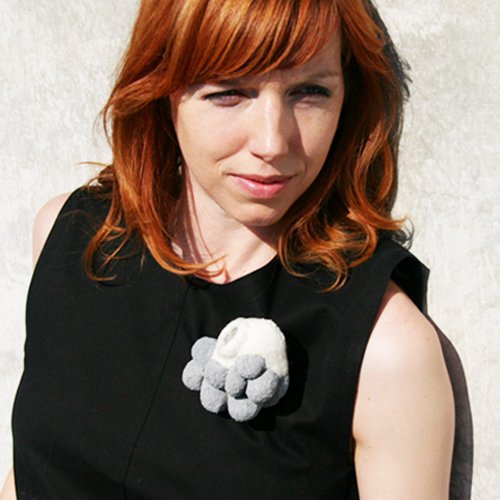
“Immerse yourself in the video of visual artist Laura Colmenares Guerra with the collaboration of choreographer and dancer Lise Vachon and engineer-composer Todor Todoroff, whose work, based on body perception, intensifies the materiality of Anja Eichler's ‘body-objects’ made of work gloves„ Anja Eichler (DE), Monade, 2012 © Mathieu Wérotte
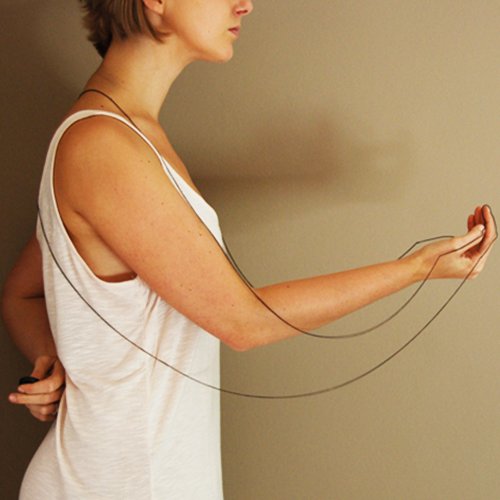
“Touch the invisible, discover tangible reminders of an emotional time with Clarisse Bruynbroeck’s study of body language. ‘As an artist I'm interested in the disproportion between body and mind. Through various media, I try to represent an imbalance of the body to better understand it mentally„ Clarisse Bruynbroeck (BE), I give you myself, 2012. Clarisse is now represented by Valerie Traan Galerie, Antwerp
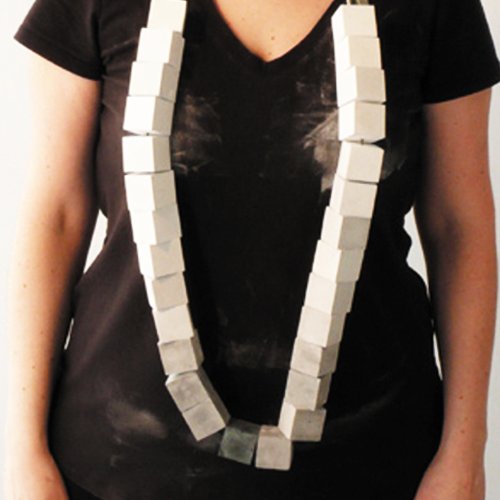
“Rediscover rituals through Nathalie Perret’s perception-expanding performances and artworks. In Nathalie's work, gesture is everywhere. The pallor of the object, the mark it leaves on the body when we wear it, is her memento mori„ Nathalie Perret (FR), 2012
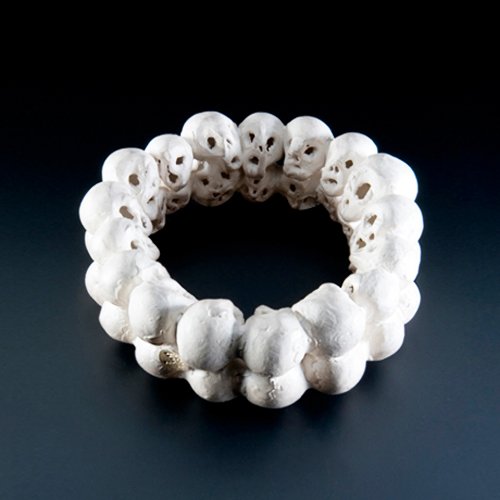
“How do human instinct and the desire for bodily adornment show social aspects in our contemporary life? How can a memory create preciousness while being in a state of mourning? What is the impact of rituals associated with body adornment in a private and public environment? Researching these questions and their implication in the practice, philosophy and aesthetics of the Far East enabled Constanze Schreiber to carry out her current interventions in the public space„ Constanze Schreiber (DE), Memento Mori III, 2006
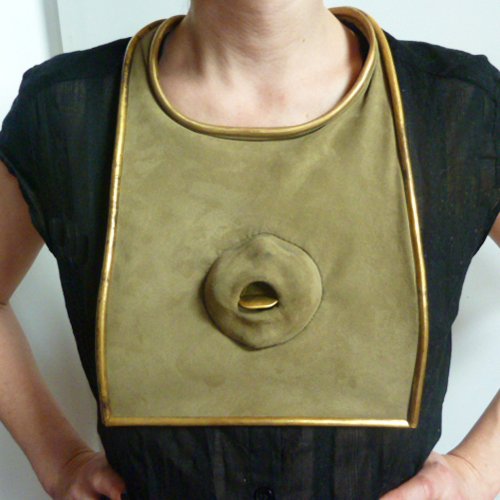
“Delphine Joly (BE) likes to tell stories. Assisted by her imagination and subconscious, she is not concerned about smoothing her artistic style. She presents us with dense ‘narrative jewels’ that tell and stage figures. We recognize her theatrical universe, the world of childhood, the personification, and her desire to make us think about the less rosy facets of our contemporary world. Even if the process is laborious, all stories must lead to a conclusion„ Delphine Joly (BE), Les moyens, 2010
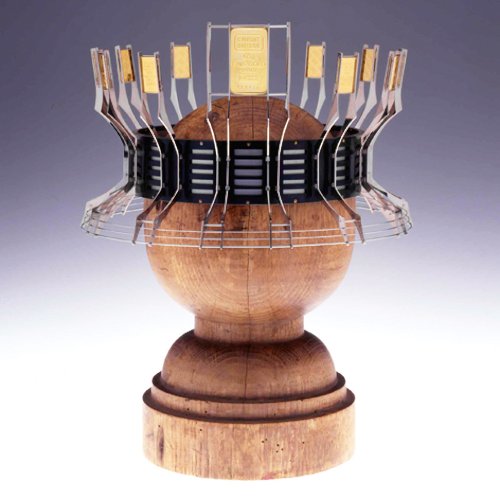
“Patrick Marchal is a free and committed visual artist with a sharp sense of humour. He is also a highly experienced goldsmith. By condensing signs and multiplying well-known references, the artist freezes the spirit of the times in a critical state, sending us back to the apparent image and, at a deeper level, to the reassessment of its appearance and its acceptance in the world„ Patrick Marchal (BE), The Golden boy'$ King, 1999, © J.P. Pfister





